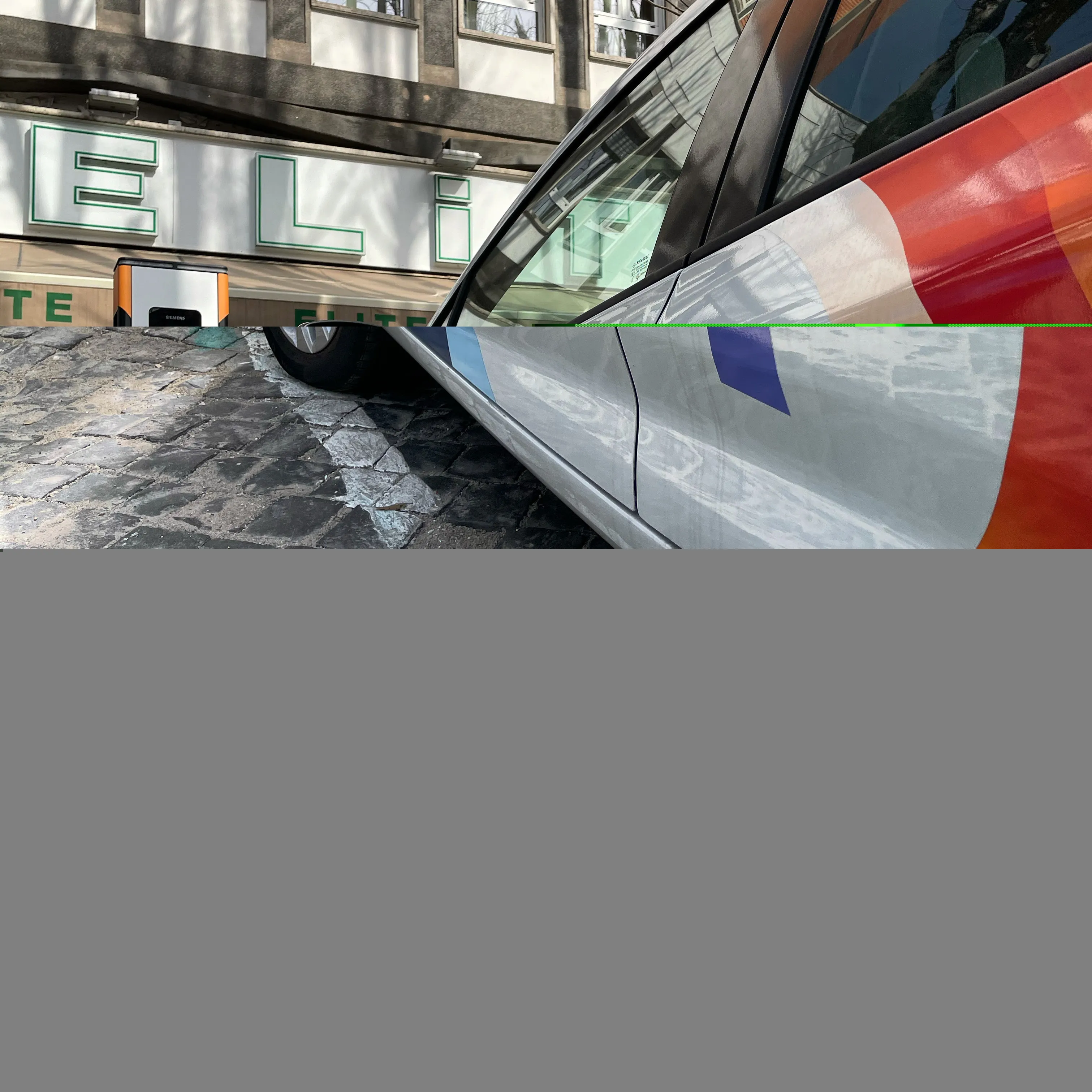The
In the report, the Committee states that fiscal support will be needed along with regulatory reform to develop the market in ultra-low emission vehicles. For cars it suggests reform to company car taxation, and for vans a reform to the weight limitations on alternatively powered vehicles.
FTA’s head of National and Regional Policy Christopher Snelling said the Committee is right that more support will be needed for the purchasers of ultra-low emission vehicles if they are to take off in the market place as soon as possible. The suggestion of considering reforming weight limitations on alternatively powered vans is welcome and should be explored further – subject to demonstrating it would not have a negative effect on safety.
Snelling continued: “The missing piece in the report is heavy duty vehicles. From an engineering and technological point of view it is harder to decarbonise larger road vehicles – electric is not an option. Trials of alternative power sources for lorries were made under the Government’s Low Carbon Truck Trial and a further low emission freight and logistics trial has recently been announced, but more fiscal support will be needed if these new vehicles are to get taken up by purchasers any time soon. Currently alternatively powered vehicles only make up 0.2 per cent of the UK’s HGV fleet.”
Government needs to support ultra low emission HGV market as well
The Freight Transport Association has reacted positively to a new report from the House of Commons Environmental Audit Committee into sustainability in transport policy. In the report, the Committee states that fiscal support will be needed along with regulatory reform to develop the market in ultra-low emission vehicles. For cars it suggests reform to company car taxation, and for vans a reform to the weight limitations on alternatively powered vehicles.
September 2, 2016
Read time: 2 mins








